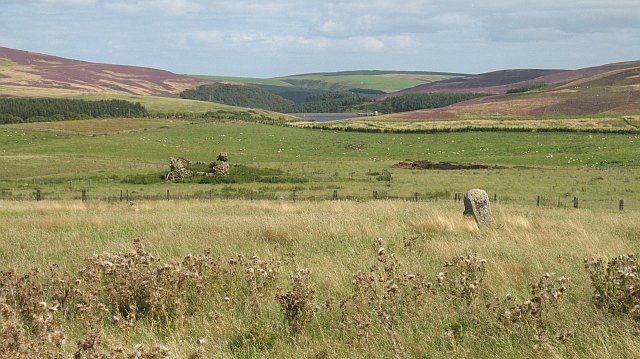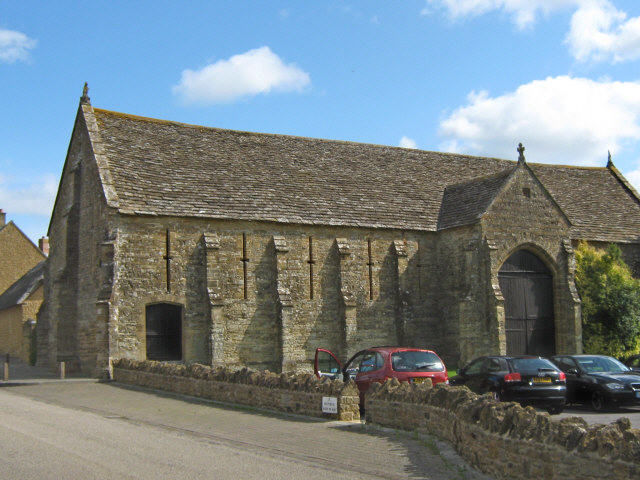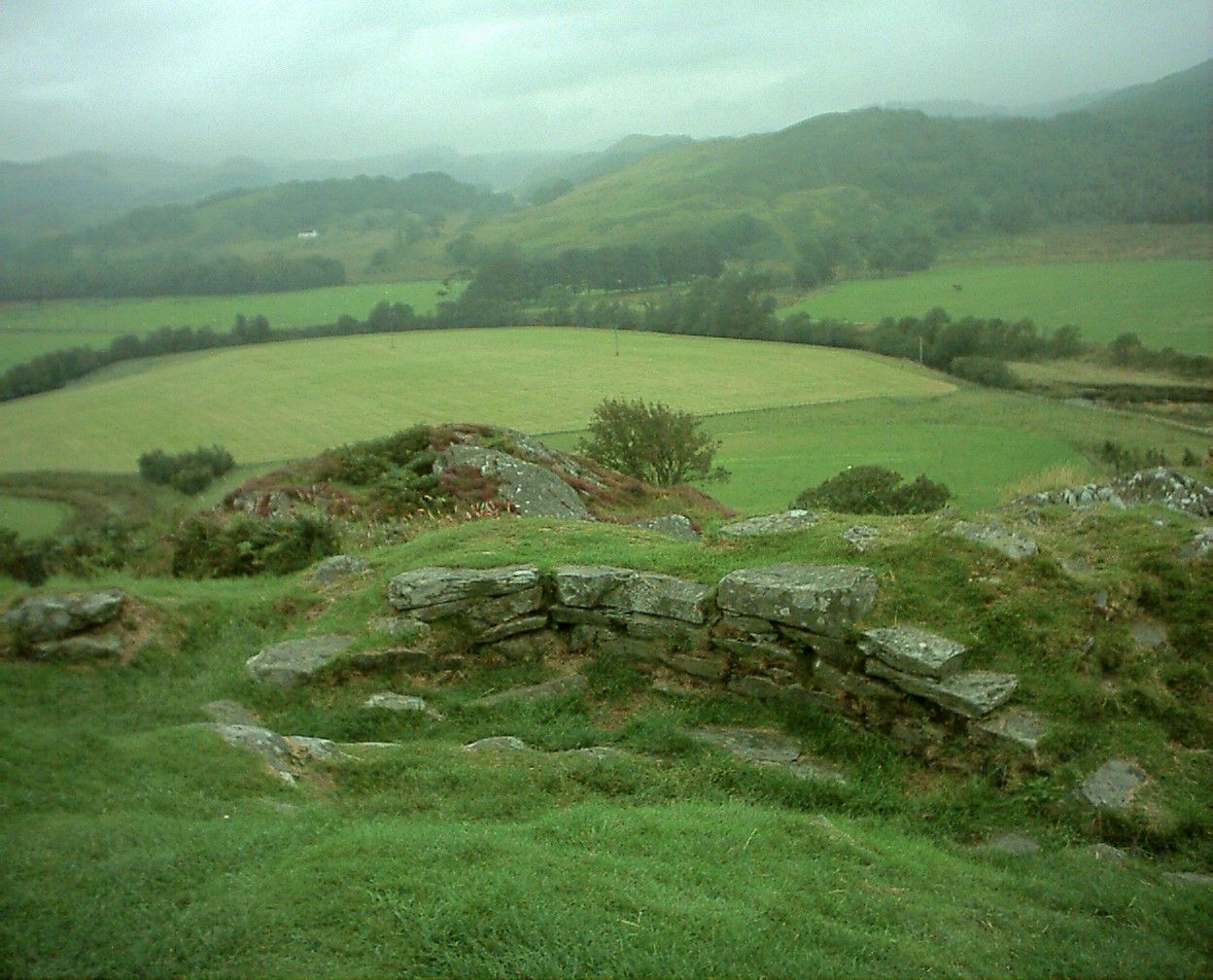|
Whiteadder Reservoir
Whiteadder Reservoir is a reservoir in East Lothian, Scotland, UK, in the Lammermuir Hills, north west of Duns in the Scottish Borders, and five miles (8 km) south east of Garvald. It was created to provide additional water facilities for East Lothian. Work on the Dam forming the reservoir commenced in 1964. Design was carried out by consulting civil engineers GH Hill & Sons of Manchester and London, on behalf of the then local water authority - East Lothian Water Board. The flooding ceremony was in May 1968. Millknowe Farm and Kingside School were flooded. Whiteadder reservoir supplies East Lothian and Berwickshire, including the former Cockenzie Power Station on the northern coast of East Lothian, the Whiteadder Water flows out of the reservoir and is the lowest tributary of the River Tweed which it enters at Berwick-on-Tweed. In 2023, a 200kW hydro-electric plant was commissioned, providing power to the "Hungry Snout" water pumping station. Data *Dam: high, and t ... [...More Info...] [...Related Items...] OR: [Wikipedia] [Google] [Baidu] |
East Lothian
East Lothian (; ; ) is one of the 32 council areas of Scotland, as well as a Counties of Scotland, historic county, registration county and Lieutenancy areas of Scotland, lieutenancy area. The county was called Haddingtonshire until 1921. In 1975, the historic county was incorporated for local government in Scotland, local government purposes into Lothian Regional Council, Lothian Region as East Lothian District, with some slight alterations of its boundaries. The Local Government etc. (Scotland) Act 1994 later created East Lothian as one of 32 modern council areas. East Lothian lies south of the Firth of Forth in the eastern central Lowlands of Scotland. It borders Edinburgh to the west, Midlothian to the south-west and the Scottish Borders to the south. Its administrative centre and former county town is Haddington, East Lothian, Haddington while the largest town is Musselburgh. Haddingtonshire has ancient origins and is named in a charter of 1139 as ''Hadintunschira'' and ... [...More Info...] [...Related Items...] OR: [Wikipedia] [Google] [Baidu] |
Hydroelectricity
Hydroelectricity, or hydroelectric power, is Electricity generation, electricity generated from hydropower (water power). Hydropower supplies 15% of the world's electricity, almost 4,210 TWh in 2023, which is more than all other Renewable energy, renewable sources combined and also more than nuclear power. Hydropower can provide large amounts of Low-carbon power, low-carbon electricity on demand, making it a key element for creating secure and clean electricity supply systems. A hydroelectric power station that has a dam and reservoir is a flexible source, since the amount of electricity produced can be increased or decreased in seconds or minutes in response to varying electricity demand. Once a hydroelectric complex is constructed, it produces no direct waste, and almost always emits considerably less greenhouse gas than fossil fuel-powered energy plants. [...More Info...] [...Related Items...] OR: [Wikipedia] [Google] [Baidu] |
List Of Reservoirs And Dams In The United Kingdom
This is a list of dams and reservoirs in the United Kingdom. England Buckinghamshire *Foxcote Reservoir and Wood, Foxcote Reservoir, north of Buckingham *Weston Turville Reservoir, between Weston Turville and Wendover Cambridgeshire *Grafham Water Cheshire *Bollinhurst Reservoir *Bosley Reservoir, Bosley *Horse Coppice Reservoir *Lamaload Reservoir, east of Macclesfield * Lymm Dam, Lymm. *Ridgegate Reservoir and Trentabank Reservoir, south-east of Macclesfield *Sutton Reservoir, south of Macclesfield Cornwall * Argal and College Reservoirs, Falmouth, Cornwall, Falmouth * Boscathnoe Reservoir, Penzance * Bussow Reservoir, St Ives, Cornwall, St Ives * Cargenwen Reservoir * Colliford Lake, Bodmin Moor * Crowdy Reservoir, Bodmin Moor * Drift Reservoir, Penzance * Porth Reservoir, Newquay * Siblyback Lake, Bodmin Moor * Stithians Reservoir * Upper Tamar Lake (Devon and Cornwall) County Durham *Balderhead Reservoir *Blackton Reservoir *Burnhope Reservoir *Derwent Reservoir (Nort ... [...More Info...] [...Related Items...] OR: [Wikipedia] [Google] [Baidu] |
Whinstone
Whinstone is a term used in the quarrying industry to describe any hard dark-coloured Rock (geology), rock. Examples include the igneous rocks, basalt and dolerite, as well as the sedimentary rock chert. Etymology The Northern English/Scots term ''whin'' is first attested in the fourteenth century, and the compound ''whinstone'' from the sixteenth. , ''Oxford English Dictionary Online'', first edn (Oxford: Oxford University Press). Accessed 8 August 2021. The ''Oxford English Dictionary'' concludes that the etymology of ''whin'' is obscure, though it has been claimed, fancifully, that the term 'whin' derives from the sound it makes when struck with a hammer. Description Massive outcrops of whinstone occur at the Pentland Hills, Scotland and the Whin Sills, England. It is used for road chippings and dry stone walls, but its natura ...[...More Info...] [...Related Items...] OR: [Wikipedia] [Google] [Baidu] |
Scheduled Monument
In the United Kingdom, a scheduled monument is a nationally important archaeological site or historic building, given protection against unauthorised change. The various pieces of legislation that legally protect heritage assets from damage, visual disturbance, and destruction are grouped under the term "Designation (heritage assets), designation". The protection provided to scheduled monuments is given under the Ancient Monuments and Archaeological Areas Act 1979, which is a different law from that used for listed buildings (which fall within the town and country planning system). A heritage asset is a part of the historic environment that is valued because of its historic, archaeological, architectural or artistic interest. Only some of these are judged to be important enough to have extra legal protection through designation. There are about 20,000 scheduled monuments in England representing about 37,000 heritage assets. Of the tens of thousands of scheduled monuments in the UK ... [...More Info...] [...Related Items...] OR: [Wikipedia] [Google] [Baidu] |
Melrose Abbey
St Mary's Abbey, Melrose is a partly ruined monastery of the Cistercian order in Melrose, Roxburghshire, in the Scottish Borders. It was founded in 1136 by Cistercian monks at the request of King David I of Scotland and was the chief house of that order in the country until the Reformation. It was headed by the abbot or commendator of Melrose. Today the abbey is maintained by Historic Environment Scotland as a scheduled monument. The east end of the abbey was completed in 1146. Other buildings in the complex were added over the next 50 years. The abbey was built in the Gothic manner and in the form of a St. John's Cross. A considerable portion of the abbey is now in ruins. A structure dating from 1590 is maintained as a museum open to the public. Alexander II and other Scottish kings and nobles are buried at the abbey. A lead container believed to hold the embalmed heart of Robert the Bruce was found in 1921 below the Chapter House site; it was found again in a 1998 excavati ... [...More Info...] [...Related Items...] OR: [Wikipedia] [Google] [Baidu] |
Monastic Grange
Monastic granges were outlying landholdings held by Monastery, monasteries independent of the Manorialism, manorial system. The first granges were owned by the Cistercians, and other orders followed. Wealthy monastic houses had many granges, most of which were largely agricultural providing food for the monastic community. A grange might be established adjacent to the monastery, but others were established wherever it held lands, some at a considerable distance. Some granges were worked by lay-brothers belonging to the order, others by paid labourers. Granges could be of six known types: agrarian; sheep runs; cattle ranges and holdings; horse studs; fisheries; industrial complexes. Industrial granges were significant in the development of medieval industries, particularly iron working. Description Granges were landed estates used for food production, centred on a farm and out-buildings and possibly a mill or a tithe barn. The word ''grange'' comes through French from Latin , ... [...More Info...] [...Related Items...] OR: [Wikipedia] [Google] [Baidu] |
Promontory Fort
A promontory fort is a fortification, defensive structure located above a steep cliff, often only connected to the mainland by a small neck of land, thus using the topography to reduce the Rampart (fortification), ramparts needed. The oldest known promontory fort is Amnya I in Siberia which was established as a fortified site in the late 7th millennium BC. Although their dating is problematic, most seem to date to the Iron Age. They are mainly found in Ireland, Brittany, the Orkney Islands, the Isle of Man, Devon, the Channel Islands and Cornwall. Ireland Only a few Irish promontory forts have been excavated and most date to the Iron Age, though some, like Dunbeg Fort (County Kerry) might have originated in the Bronze Age. Others, like Dalkey Island (County Dublin) contain imported Eastern Mediterranean pottery and have been reoccupied and changed in the early medieval period. Some, like Doonmore (near Dingle, County Kerry) are associated with the Middle Ages. Dunbeg contains an ... [...More Info...] [...Related Items...] OR: [Wikipedia] [Google] [Baidu] |
Multivallate
Hillforts in Britain refers to the various hillforts within the island of Great Britain. Although the earliest such constructs fitting this description come from the Neolithic British Isles, with a few also dating to later Bronze Age Britain, British hillforts were primarily constructed during the British Iron Age. Some of these were apparently abandoned in the southern areas that were a part of Roman Britain, although at the same time, those areas of northern Britain that remained free from Roman occupation saw an increase in their construction. Some hillforts were reused in the Early Middle Ages, and in some rarer cases, into the later medieval period as well. By the early modern period, these had essentially all been abandoned, with many being excavated by archaeologists in the nineteenth century onward. There are around 3,300 structures that can be classed as hillforts or similar "defended enclosures" within Britain. Most of these are clustered in certain regions: south and sout ... [...More Info...] [...Related Items...] OR: [Wikipedia] [Google] [Baidu] |
Chapel Stone - Geograph
A chapel (from , a diminutive of ''cappa'', meaning "little cape") is a Christian place of prayer and worship that is usually relatively small. The term has several meanings. First, smaller spaces inside a church that have their own altar are often called chapels; the Lady chapel is a common type of these. Second, a chapel is a place of worship, sometimes interfaith, that is part of a building, complex, or vessel with some other main purpose, such as a school, college, hospital, palace or large aristocratic house, castle, barracks, prison, funeral home, hotel, airport, or military or commercial ship. Third, chapels are small places of worship, built as satellite sites by a church or monastery, for example in remote areas; these are often called a chapel of ease. A feature of all these types is that often no clergy are permanently resident or specifically attached to the chapel. For historical reasons, ''chapel'' is also often the term used by independent or nonconformist deno ... [...More Info...] [...Related Items...] OR: [Wikipedia] [Google] [Baidu] |
Borders Sailing Club
A border is a geographical boundary. Border, borders, The Border or The Borders may also refer to: Arts, entertainment and media Film and television * ''Border'' (1997 film), an Indian Hindi-language war film * ''Border'' (2018 Swedish film), a fantasy film * ''Border'' (2018 Bhojpuri film), an Indian Bhojpuri-language war film * ''The Border'' (1982 film), an American drama * ''The Border'' (1996 film), an Italian war drama * ''The Border'' (2007 film), a Finnish-Russian war drama * ''The Border'' (2009 film), a Slovak documentary * ''The Border'' (2008 TV series) a 2008–2010 Canadian drama series * ''The Border'' (2014 TV series), a 2014–2020 Polish crime series Literature * "The Border", a 2004 short story by Richard Harland * "The Border", a 2019 novel by Don Winslow Music * "Border" (song), by Years & Years, 2015 * "Borders" (Feeder song), 2012 * "Borders" (M.I.A. song), 2015 * "Borders" (The Sunshine Underground song), 2007 * ''The Border'', soundtrack ... [...More Info...] [...Related Items...] OR: [Wikipedia] [Google] [Baidu] |






